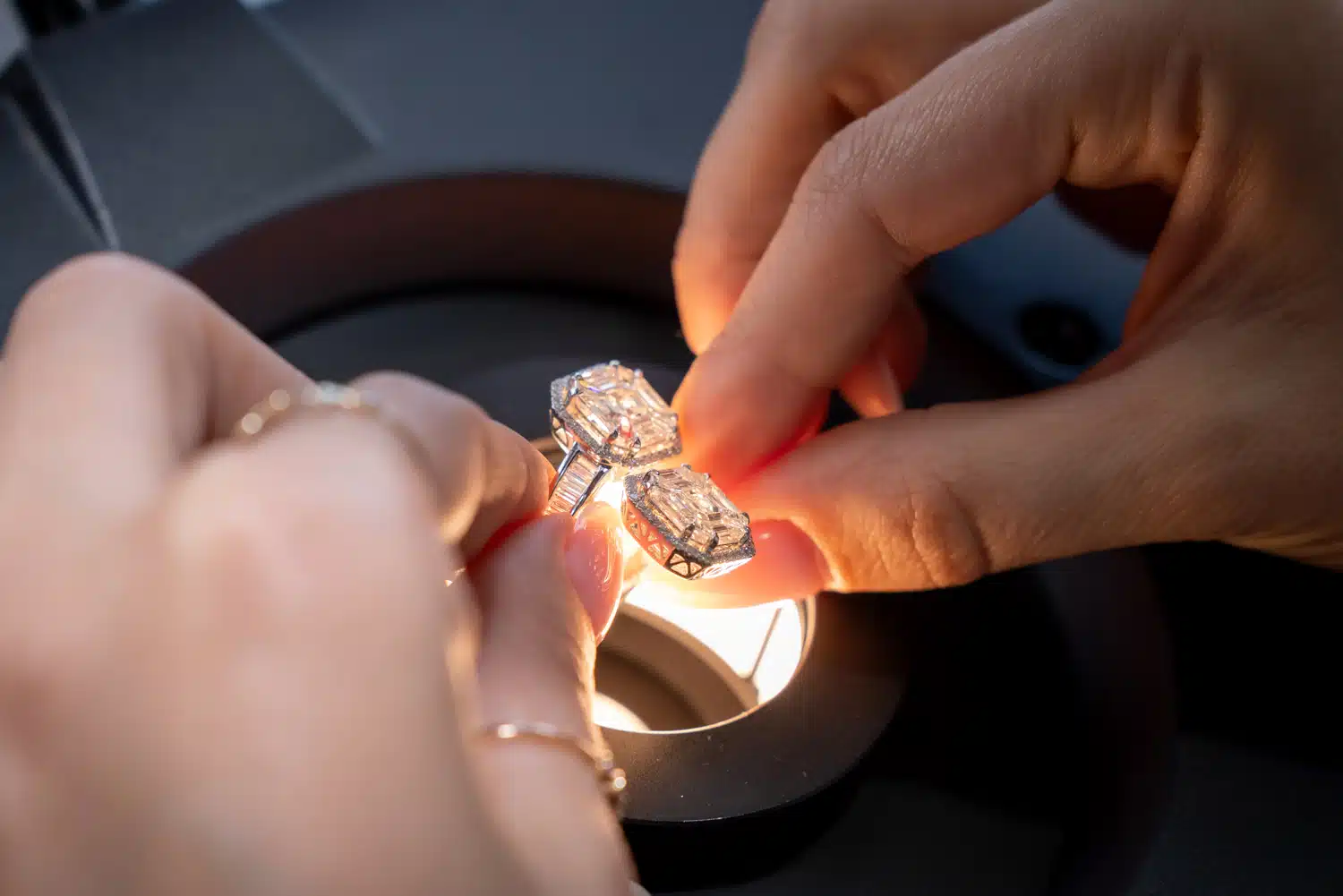Diamonds have long captivated our imagination as symbols of love, luxury, and eternal beauty. From engagement rings to red-carpet jewelry, these gemstones are revered worldwide. However, the belief that diamonds are rare is more myth than reality. Let’s delve into the truth behind mined diamonds, their availability, and the broader implications for consumers and the industry.
Introduction
In the realm of luxury and status, diamonds stand unparalleled. Their brilliance and scarcity have been meticulously marketed, shaping consumer perceptions for decades. But are mined diamonds truly as rare as they seem?
Understanding Mined Diamonds
Mined diamonds are not rare originate deep within the Earth’s mantle, formed under high pressure and temperature over millions of years. Traditional mining methods involve extracting these precious stones from kimberlite pipes or alluvial deposits, a process that can be both costly and labor-intensive.
Diamond Supply Chain
Despite their perceived scarcity, the global diamond production is substantial. Major mining companies like De Beers and Alrosa dominate the market, extracting millions of carats annually from mines across Africa, Russia, and Canada.
Marketing and Rarity Perception
The allure of diamonds as rare gems is largely a construct of effective marketing campaigns. From De Beers’ iconic “A Diamond is Forever” slogan to strategic supply control, the diamond industry has successfully cultivated an image of exclusivity.
Actual Diamond Availability
Contrary to popular belief, diamonds are not exceedingly rare on a global scale. The Earth’s crust holds a vast reservoir of diamonds, with estimated reserves far exceeding current mining rates.
Geological Formation of Diamonds
Diamonds form deep within the Earth’s mantle, where carbon atoms crystallize under intense pressure and heat. The geological processes that create diamonds are intricate and occur over geological timescales.
Environmental Impact of Mining
The environmental footprint of diamond mining is significant, involving land disturbance, water use, and potential ecosystem degradation. Efforts toward sustainable mining practices are ongoing but face challenges in remote and sensitive ecosystems.
Synthetic Diamonds
The emergence of lab-grown diamonds offers a sustainable alternative to mined stones. These diamonds are chemically identical to their natural counterparts but are created in controlled laboratory conditions, bypassing the environmental and ethical concerns associated with mining.
Diamond Pricing Dynamics
The price of diamonds is influenced by factors beyond their scarcity, including market demand, cutting and polishing costs, and perceived value based on rarity.
Social and Ethical Issues
Ethical concerns surrounding diamond mining, such as human rights abuses in some regions, have prompted initiatives for ethical sourcing and certification of conflict-free diamonds.
Consumer Awareness and Education
Educating consumers about the true nature of diamond availability and the impact of their purchasing choices is crucial for fostering a more transparent and sustainable diamond industry.
Future Trends in Diamond Industry
As technology advances and consumer preferences evolve, the market for man made diamonds are expected to grow, challenging the dominance of mined diamonds and reshaping the industry landscape.
Conclusion
In conclusion, while diamonds hold timeless allure, their rarity is largely a narrative crafted by the industry. Understanding the true availability of mined diamonds empowers consumers to make informed choices that align with their values and sustainability concerns.





More Stories
Lab Diamonds: Why They’re a Superior Choice in Today’s Jewelry Market
Navigating Scrap Gold Prices in Perth: Market Trends, Valuation Tips, and Investment Strategies
Greeley DUI Attorney: Your Ultimate Guide to Expert Legal Assistance